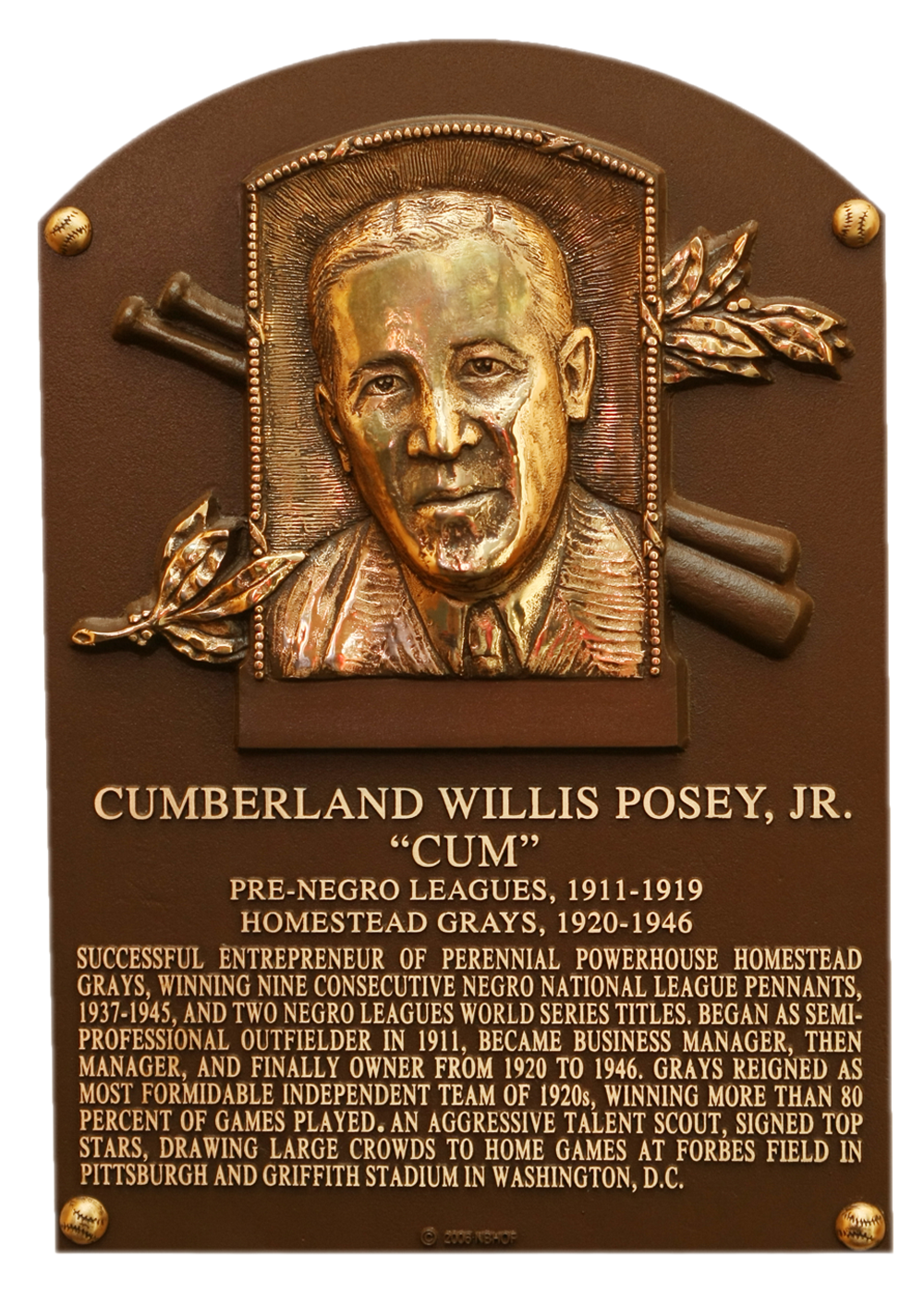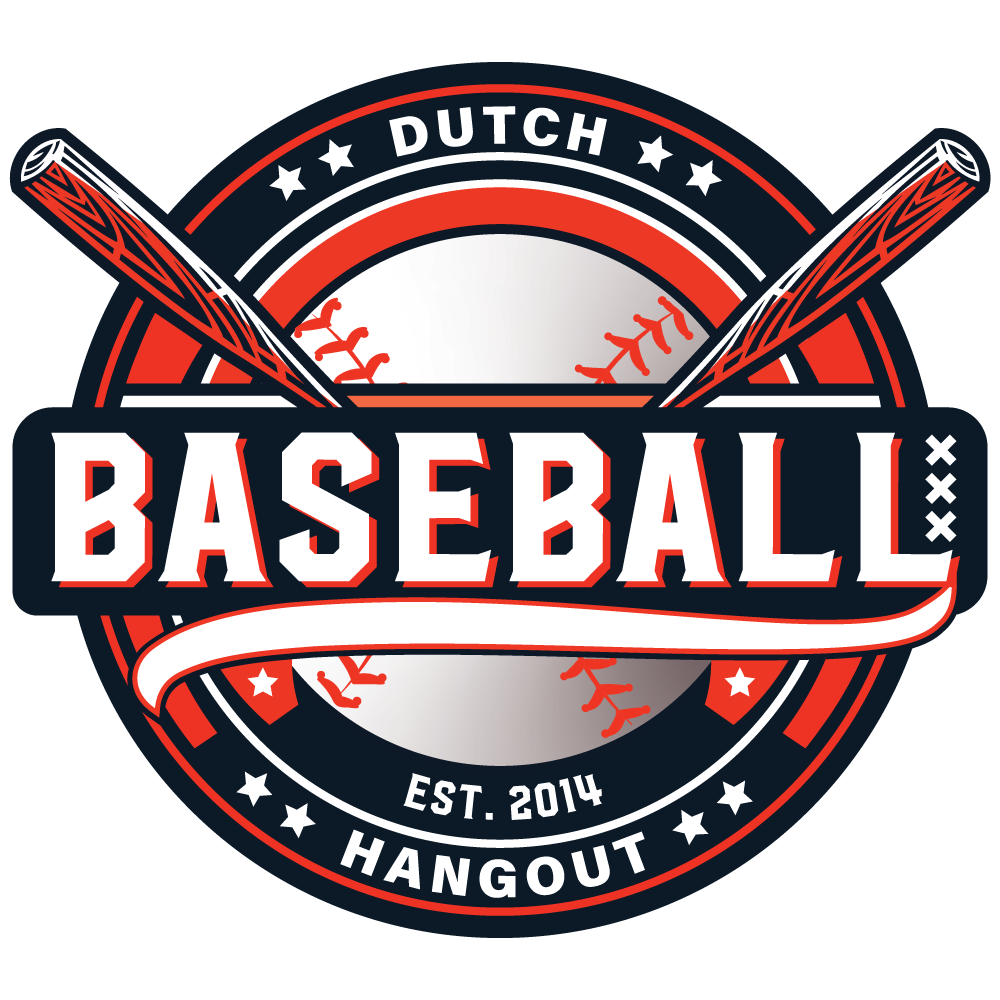Minor League history: East-West League
The East-West League was the successor of various loosely organized negro leagues that  operated from 1920 through 1932. In name there were leagues but next to the schedule of those leagues, the participating clubs barnstormed as well. Those barnstorming tours against white semi-pro teams were rather lucrative.
operated from 1920 through 1932. In name there were leagues but next to the schedule of those leagues, the participating clubs barnstormed as well. Those barnstorming tours against white semi-pro teams were rather lucrative.
From 1923 through 1928 the Eastern Colored League operated with teams like Bacharach Giants, the Brooklyn Royal Giants, the New York Lincoln Giants and the Baltimore Black Sox. The Negro National League operated from 1920 through 1931. The league was organized by Chicago American Giants owner Rube Foster.
The American Negro League lasted only for the 1929 season.
Due to the Great Depression, no functioning negro league was left after the 1931 season.
 The owner of the legendary Homestead Grays, Cumberland Posey or Cum Posey for short, wanted to create a new negro league in the East and the Midwest. Through the years the Homestead Grays had one fierce competitor in the Pittsburgh Crawfords, owned by Gus Greenlee. By creating a new league, Posey hoped to isolate Greenlee and his Crawfords. Next to the Homestead Grays, the East-West League also contained another team that was owned by Cum Posey: the Detroit Wolves. Besides these two the league contained six teams form the East and Midwest: the Baltimore Black Sox, the Cleveland Stars, the Cuban Stars (West), the Hilldale Athletic Club, the Newark Browns and the Washington Pilots. Posey hired statistics and paid umpires that traveled the country to call games in the league.
The owner of the legendary Homestead Grays, Cumberland Posey or Cum Posey for short, wanted to create a new negro league in the East and the Midwest. Through the years the Homestead Grays had one fierce competitor in the Pittsburgh Crawfords, owned by Gus Greenlee. By creating a new league, Posey hoped to isolate Greenlee and his Crawfords. Next to the Homestead Grays, the East-West League also contained another team that was owned by Cum Posey: the Detroit Wolves. Besides these two the league contained six teams form the East and Midwest: the Baltimore Black Sox, the Cleveland Stars, the Cuban Stars (West), the Hilldale Athletic Club, the Newark Browns and the Washington Pilots. Posey hired statistics and paid umpires that traveled the country to call games in the league.
The Cuban Stars West were actually the Cuban House of David, a Cuban team that sported beards as a gimmick which was not linked to the religious teams that sported the name House of David as well. They were asked to shave off their beards before entering the league as the new Cuban Stars.
Rumor had it that Posey was financially involved in the Detroit Wolves, that contained many players of the former Detroit Stars, and the Cleveland Stars. In fact it was said that he left the Grays to his brother See to run. The Wolves dominated the league in the first weeks of the league, posting a 20-6 record according to newspapers of those days.
Many said that the league was doomed for attracting only three major clubs: The Hilldale Athletic Club, the Baltimore Black Sox and his own Homestead Grays. After the Negro National League folded, there were several other big name clubs that folded, teams like the St. Louis Stars, the Detroit Stars and the Kansas City Monarchs, though the latter folded temporarily. The Chicago American Giants opted to join the Negro Southern League (!) that operated in Southern states like Alabama.
The league started its 80-game schedule in May, 1932 but due to the Depression the league did not draw well and the Detroit Wolves soon had to withdraw. Because of the poor financial position of the league, Posely’s position weakened as well. His big rival, Gus Greenlee started to raid the roster of the Homestead Grays and lured players like the great Josh Gibson, Cool Papa Bell and Oscar Charleston. In an attempt to spur the attendance, Posey reluctantly invited the Pittsburgh Crawfords to join the league in May. Posey allowed the East-West League teams to play games against the Crawfords.
But eventually the league didn’t make it to the end of the season as it folded early July.

Thanks to this fiasco the Homestead Grays were weakened thanks to the players that had jumped ships to the other club from Pittsburgh.
The demise of the East-West League started as the Detroit Wolves could no longer afford the high payroll due to lacking attendance. Eventually Posey merged the team with his Homestead Grays. But several players refused to play for the Grays and jumped ships to the re-erected Kansas City Monarchs. Others were transferred to the Washington Pilots. The league crumbled further as the Newark Browns folded late June. The Hilldale club ceased to exist on July 18, after being one of the strongest negro league clubs for fifteen years.
In 1933, Pittsburgh Crawfords’ owner Gus Greenlee organized the second Negro National League. The Homestead Grays and the Baltimore Black Sox were also part of the new league, but the Grays were expelled after a dispute halfway the season.
Even though the East-West League only lasted a part of the 1932 season, it was the foundation for the Negro National League that lasted from 1933 through 1948 and the Negro American League that lasted from 1937 through 1960. It needs to be said that after 1948, the Negro American League was only a kind of parody of its old self . Many great players were signed by Major League clubs and the players that stayed behind were not the cream of the crop. Some players stood out and were promptly sold to Major League clubs. Hank Aaron for example, excelled with the Indianapolis Clowns and was acquired by the Boston Braves, though he almost signed with the New York Giants. But the Braves offered him $50 per month more, so he signed with the Boston team.
Despite being just a small chapter in negro league baseball, it was a very important one. Without the East-West League, negro league baseball may have been organized totally different.
